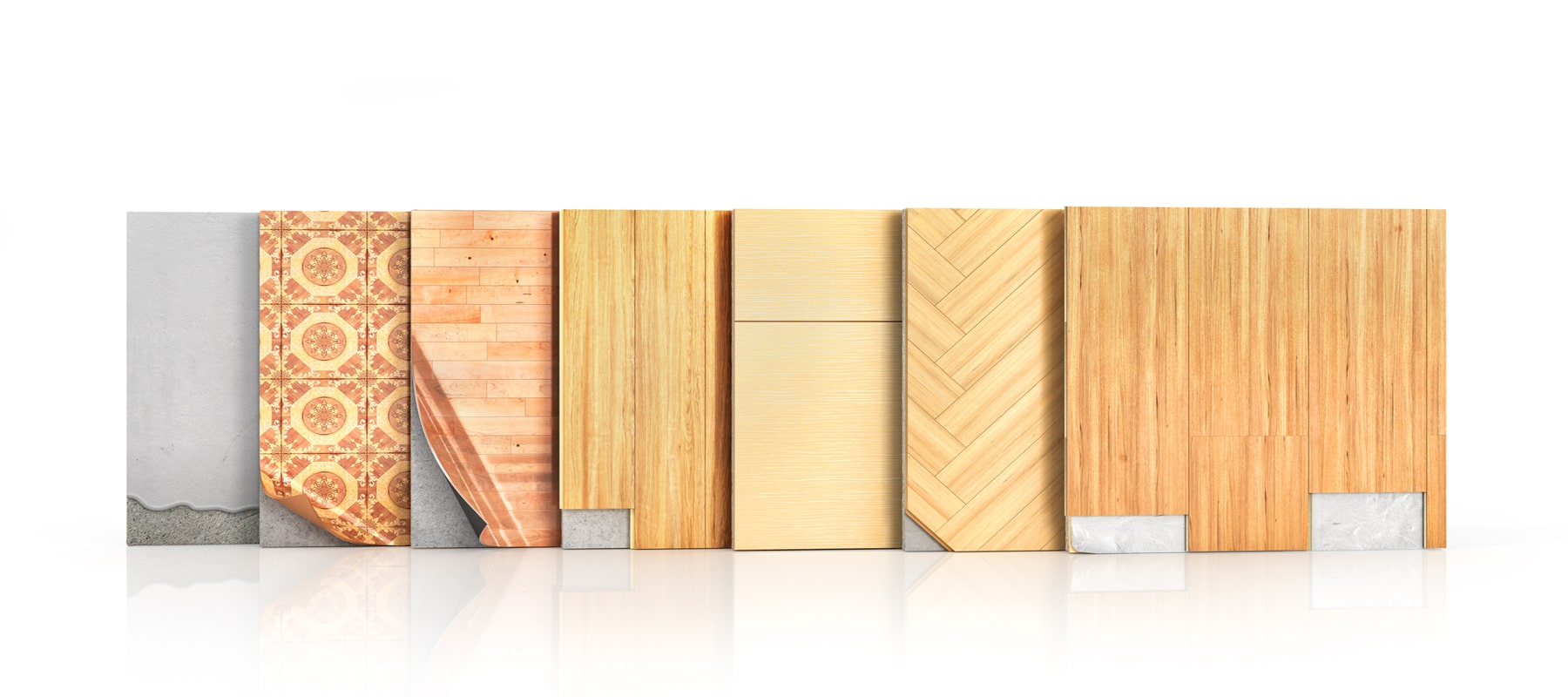Cost Comparison: Polyurethane vs Oil Stain
Last Updated: January 14, 2022
On This Page
A finish coat protects wood against drying, swelling, stains, dents, and scratches. Wood floors in particular, especially if you have pets and/or children, must have a protective finish applied. Without one, your multi-thousand dollar investment can easily be damaged. While both polyurethane and oil finishes provide floors the protection they need to remain beautiful for decades, there are differences between the two products that merit discussion.
Polyurethane Finish #
Polyurethane does not penetrate the surface of the wood. It is a surface coat that dries to a smooth, hard finish. The "liquid plastic" aspect of polyurethane is unappealing to some homeowners, although it does provide better protection against moisture and abrasions. If your floors receive heavy traffic, polyurethane might be a better option.
Polyurethane can be oil or water-based. Water-based polyurethanes are clear, low odor, low in VOCs (Volatile Organic Compounds), and quick drying. More coats are needed due to the products' watery composition, however, and a fast dry time means you must apply the product quickly to avoid leaving lap marks on the finish. A water-based poly cleans up with soap and water.
Oil-based polyurethanes give wood a warm, amber tint and require fewer coats. The coats, however, take longer to dry, so the floors you're finishing might be out of commission for a few days. On the upside, a longer drying time means you can correct mistakes as you work. These products have a strong odor, are higher in VOCs, and must be cleaned up with mineral spirits.
When choosing a polyurethane product, you'll also have a choice of sheen and application method. A poly can be high-gloss, semi-gloss, or satin; the higher the sheen, the more visible scratches and nicks will be. Depending on the product and the surface it's being applied to, a brush-on, wipe-on, or spray-on application will work best. Be sure to read product labeling for recommended uses and applicators.
Oil Finish #
Even though polyurethane can be oil-based, when speaking of an oil finish, most people are referring to so-called tung oil. These products may or may not be made from actual tung oil (derived from the tung tree nut). Nevertheless, they are distinguished from polyurethane product by their ability to soak into a wood surface (rather than remaining on the top).
Tung oil finishes take longer to dry, with up to 48 hours required between coats. As many as seven coats may be required for waterproofing, and the application of an additional coat each year is recommended.
Those who prefer tung oil usually cite the depth and richness it gives to wood. Although floors finished with tung oil have a tendency to "yellow" (or turn slightly amber in color over time), rejuvenating wood with oil is as easy as wiping on a new coat. Applying a new coat of polyurethane requires significantly more labor.
Polyurethane and Oil Finish Costs #
- Water-based polyurethane costs $40 to $80 per gallon; one gallon covers around 600 square feet.
- Oil-based polyurethane costs $20 to $40 per gallon; one gallon covers approximately 400 square feet.
- Tung oil costs $20 to $80 per gallon; one gallon should cover 400 square feet. Note that more expensive products tend to be 100% tung oil, while cheaper tung oil often contains petroleum. If you're looking for the real thing, be sure to read the ingredient list.
- You might spend an additional $10 to $50 on assorted painting pads and brushes and $10 to $20 on a gallon of paint thinner.
